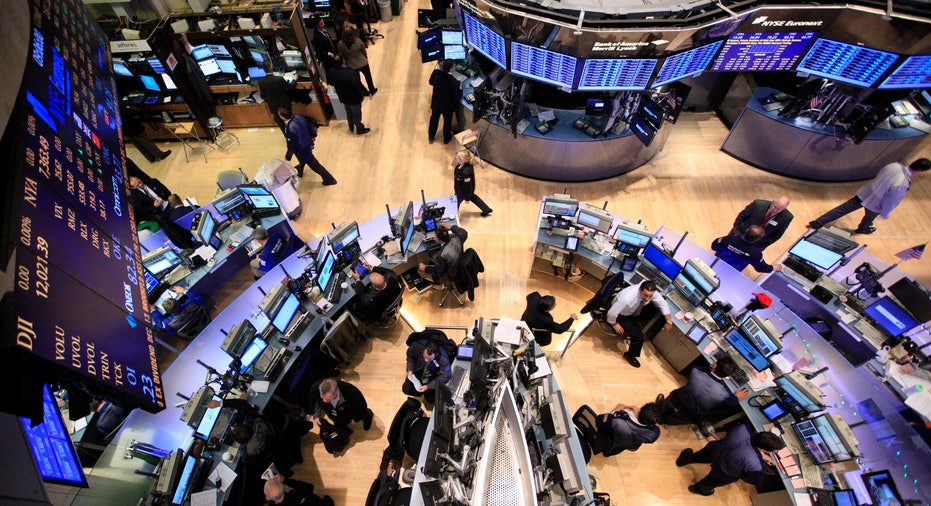The Market's March Madness

March was a confusing month in which the S&P 500 posted a 3.5% gain (the Dow Jones Industrials rose 3.70% and the Nasdaq Composite added +3.40%), going against the grain of most global stock markets.
Europe was flattish overall, however peripheral markets suffered steep declines – Spain and Italy both weakened more than 3.5% while Greece tumbled almost 14.0%. March also witnessed Russia (-3.7%), the Hang Seng (-3.13%), China (-5.4%), South Korea (-1.6%), Brazil (-2.5) and Australia (-2.7%) all closing in the red for the month.
March brought winds of change, too. Despite all the recent European headwinds, the financial firewalls and safeguards created over the last year (e.g., LTRO, OMT) are proving effective at keeping Europe’s problems local; inhibiting the Continent from assuming that onerous and universal stature it had prior to last summer. This isn’t to say that US investors aren’t responding to Europe -- they definitely are -- it’s just different now. Earlier, investors would dump stocks and run at the first sign of a “European issue”. Now, they are “rotating within stocks” (i.e. sell economically sensitive stocks and buy safety). In short, investors have become a lot more granular focused.
Perhaps the new word for market correction is market alteration - something we saw a lot of in the last four weeks. Investors seemed to be scrambling for safety. Not selling, but adding exposure to other groups. Healthcare, utilities, and staples ended the month among the strongest S&P 500 sub-sectors while steel, semi equipment and networking were on the negative end of the spectrum. The S&P TRAN (+4.37%) outperformed the S&P 500 ever so slightly although the bulk of this was the airlines (XAL) posting a 14.0% month-to-date gain while most everything else in the sub-sector lagged behind.
In terms of the largest point contributors to the S&P 500 in the month of March: Johnson & Johnson (NYSE:JNJ), Coca-Cola (NYSE:KO), Pfizer (NYSE:PFE), Verizon (NYSE:VZ), and Wal-Mart (NYSE:WMT) led the way. While some of the weakest performing stocks in March were among the most economically sensitive and cyclical: Caterpillar (NYSE:CAT), Federal Express (NYSE:FDX), and US Steel (NYSE:X) to name a few.
March finished at a peculiar crossroads where even the most bullish seemed nervous and awaiting the inevitable consolidation. Bears, meanwhile, are angry as ever, hungry for the market to finally come to terms with the so-called unmaintainable corporate margins, underappreciated European dangers, Fed stimulus that will someday have to end, wayward economic fundamentals, US debt, US employment situation, etc.
We enter a new month where credit spreads indicate much greater stress, particularly in European financial companies, which are trading at lofty levels not seen since last fall. Chinese, Brazilian and Russian equity markets appear weak as do many base metal commodities including aluminum, copper, and steel. April 2013 begins with the US equity markets near (nominal) highs, the VIX continues to trade at lows last seen pre-2008 and a 1Q earnings reporting season where S&P 500 expectations have swiftly risen from $107 (late 2012) to approximately $111 today. Common sense tells me that this wide divergence in risk is inherently unstable. Experience reminds me that instability can last much longer than I could possibly think or guess!



















